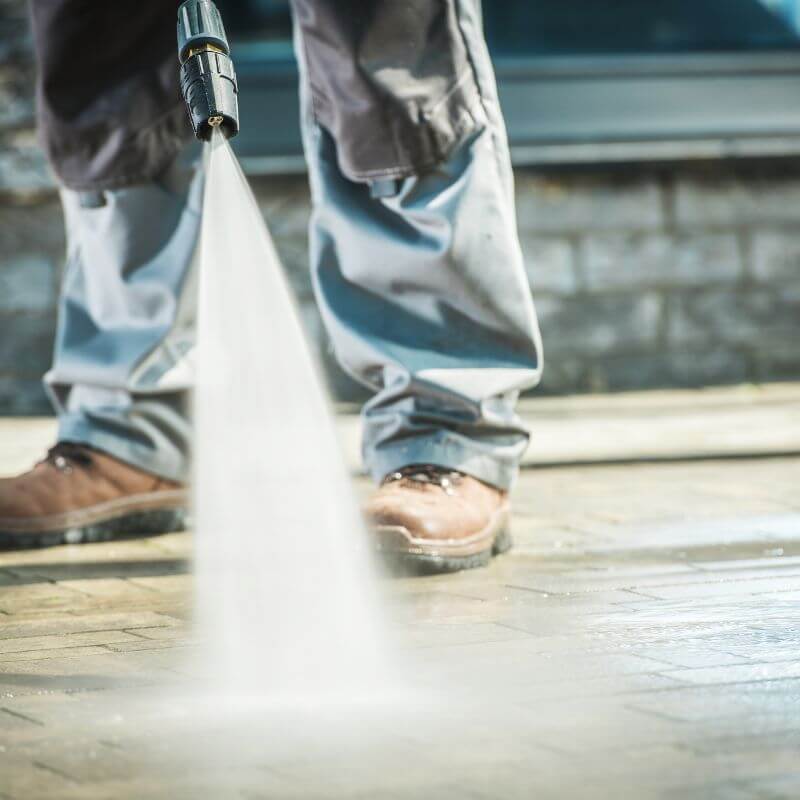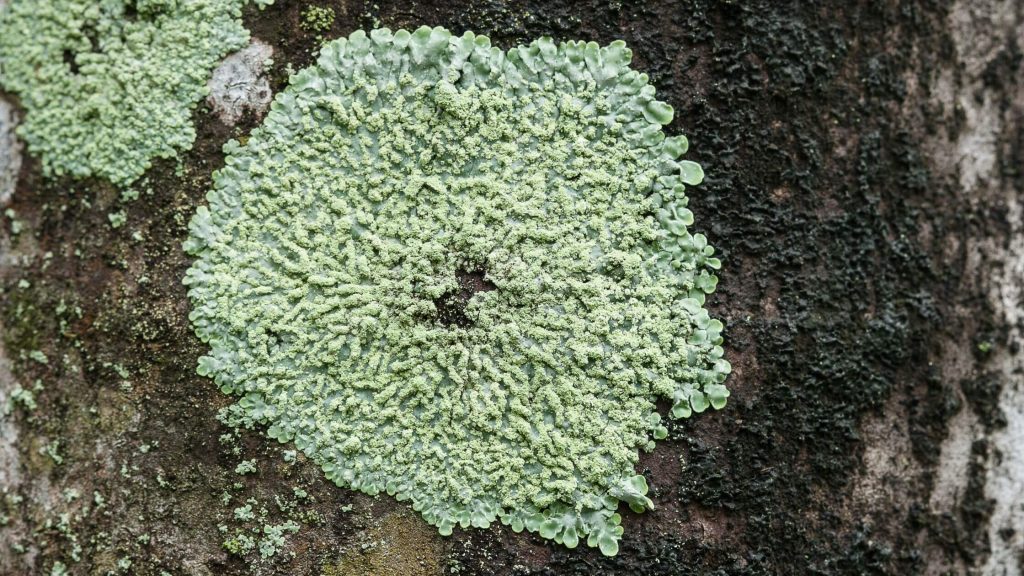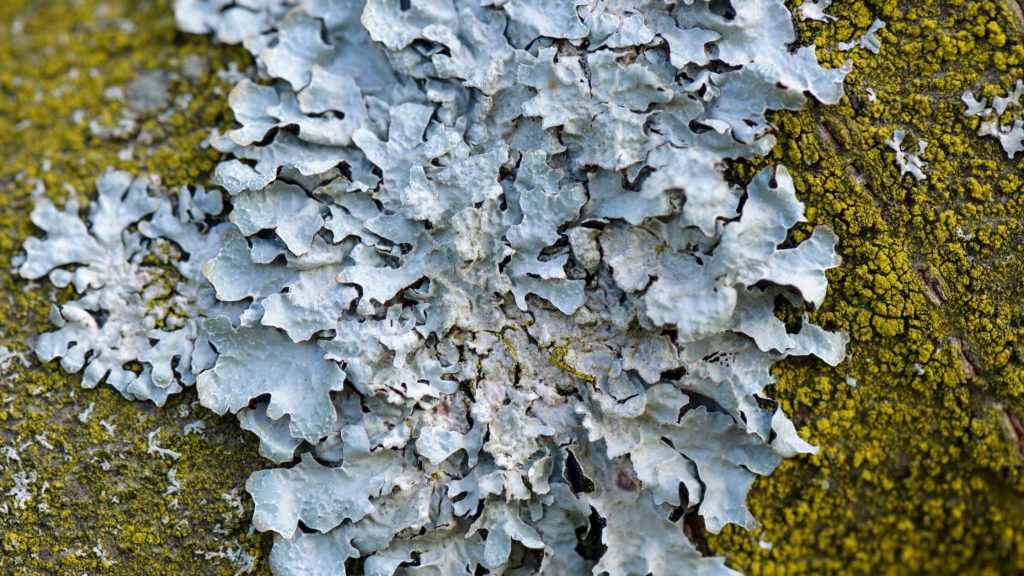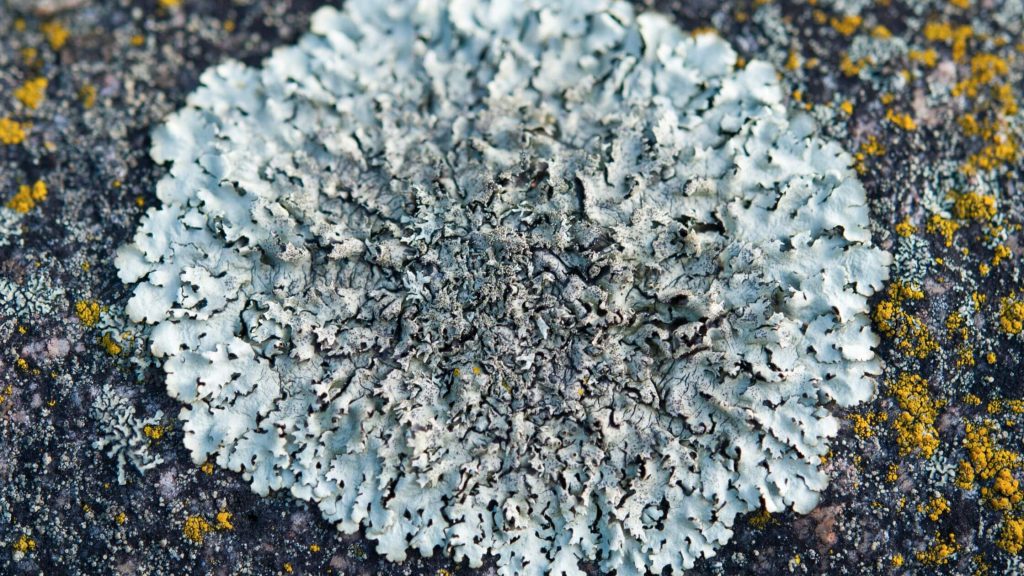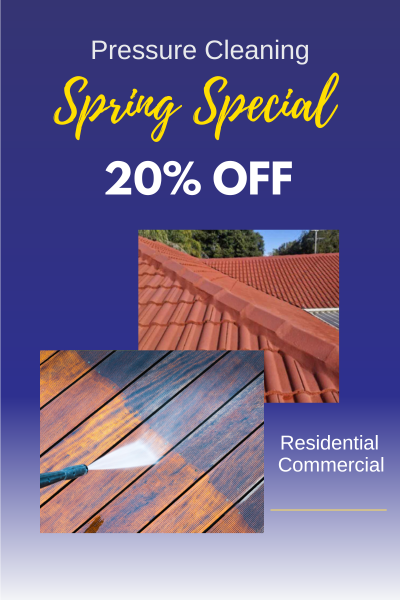Lichen: The Tough Organism Damaging Your Outdoor Surfaces
Lichen might look harmless—just a bit of crusty green or white growth on your roof or driveway—but it’s one of the most damaging and difficult contaminants to remove. A combination of fungus and algae, lichen forms a tough bond with the surface it grows on, burrowing into paint, concrete, tiles, and timber over time.
On the Central Coast, the mix of humidity, shade, and organic debris creates the perfect conditions for lichen to thrive. Left untreated, it can cause permanent staining, accelerate surface degradation, and trap moisture that leads to further fungal growth.
Unlike simple dirt or moss, lichen can’t be washed away with a hose or standard cleaning. It requires the right chemical treatment and professional removal methods to eliminate it completely—without damaging the surface underneath.
What Is Lichen?
Lichen is a complex organism made up of a partnership between fungus and algae. Together, they form a resilient growth that attaches tightly to outdoor surfaces and expands slowly over time. While it may start as small specks or flaky patches, lichen can become thick, crusty, and deeply embedded if left untreated.
It typically appears in shades of green, white, grey, or even orange and often has a rough or scaly texture. Lichen thrives in areas with consistent moisture and limited sunlight—making shaded roofs, driveways, and fences prime locations for growth.
What makes lichen especially problematic is how strongly it bonds to the surface. The fungal part anchors into the material, while the algae photosynthesises and keeps it alive. This symbiotic relationship gives lichen its toughness—and makes removal a challenge without professional-grade tools and treatments.
How Lichen Forms
Lichen develops slowly but firmly, thriving in outdoor environments where moisture, shade, and still air are common. It begins when airborne spores settle onto a surface—usually one that’s rough, porous, or already holding some organic matter like dust, dirt, or algae. Once anchored, it starts to grow in layers.
The Central Coast’s climate, with its regular humidity and coastal rainfall, creates the ideal conditions for lichen to take hold. It’s especially common on surfaces that:
- Don’t get much direct sunlight
- Stay damp for long periods
- Are already weathered or poorly maintained
Unlike moss or algae, lichen doesn’t just sit on the surface. It sinks in and grips tightly, making it extremely difficult to remove once established. Even high-pressure water alone won’t lift it—and in many cases, aggressive cleaning can do more harm than good if not handled properly.
Damage Caused by Lichen
Lichen might grow slowly, but the damage it causes builds steadily over time. Its root-like structure allows it to anchor into the surface, where it traps moisture, discolours finishes, and begins to break down the material underneath.
Here’s how lichen affects your surfaces:
- Eats into porous materials:
Lichen penetrates the surface layer of concrete, sandstone, tiles, and timber, leading to pitting, erosion, and permanent staining. - Accelerates wear and tear:
Surfaces affected by lichen tend to degrade faster, especially when exposed to moisture cycles. This can lead to cracking, flaking, or costly repairs. - Reduces surface grip:
On paths, stairs, and driveways, lichen becomes slippery when wet, creating a serious safety risk. - Spoils appearance:
Lichen leaves behind stubborn patches and streaks that make outdoor areas look neglected—especially on roof tiles, fences, and retaining walls.
Because of its strong grip and deep anchoring, lichen can’t be removed effectively without the right treatment. Ignoring it only leads to more damage and higher costs in the long run.
Where Lichen Is Commonly Found
Lichen tends to grow in places that stay damp and shaded for extended periods. It often appears in areas that are overlooked during routine cleaning or where moisture naturally collects.
For Central Coast properties, some of the most common trouble spots include:
- Roof tiles and ridges:
Especially on tiled roofs with overhanging trees or poor drainage, lichen can thrive and spread across the surface, eventually weakening the roof material. - Driveways and concrete paths:
Rough or weathered concrete offers the perfect surface for lichen to grip onto, particularly in areas with limited sun exposure. - Sandstone and retaining walls:
Porous stone surfaces are highly vulnerable, with lichen often forming in cracks or crevices where water settles. - Timber fences and decks:
Timber absorbs moisture, making it a prime target—especially when sections are shaded or shielded from airflow. - Outdoor furniture and fixtures:
Umbrella bases, benches, or outdoor decorative pieces made from stone or timber can also develop lichen in damp conditions.
Once it appears, lichen tends to spread across similar surfaces nearby, making early identification and removal essential for keeping it under control.
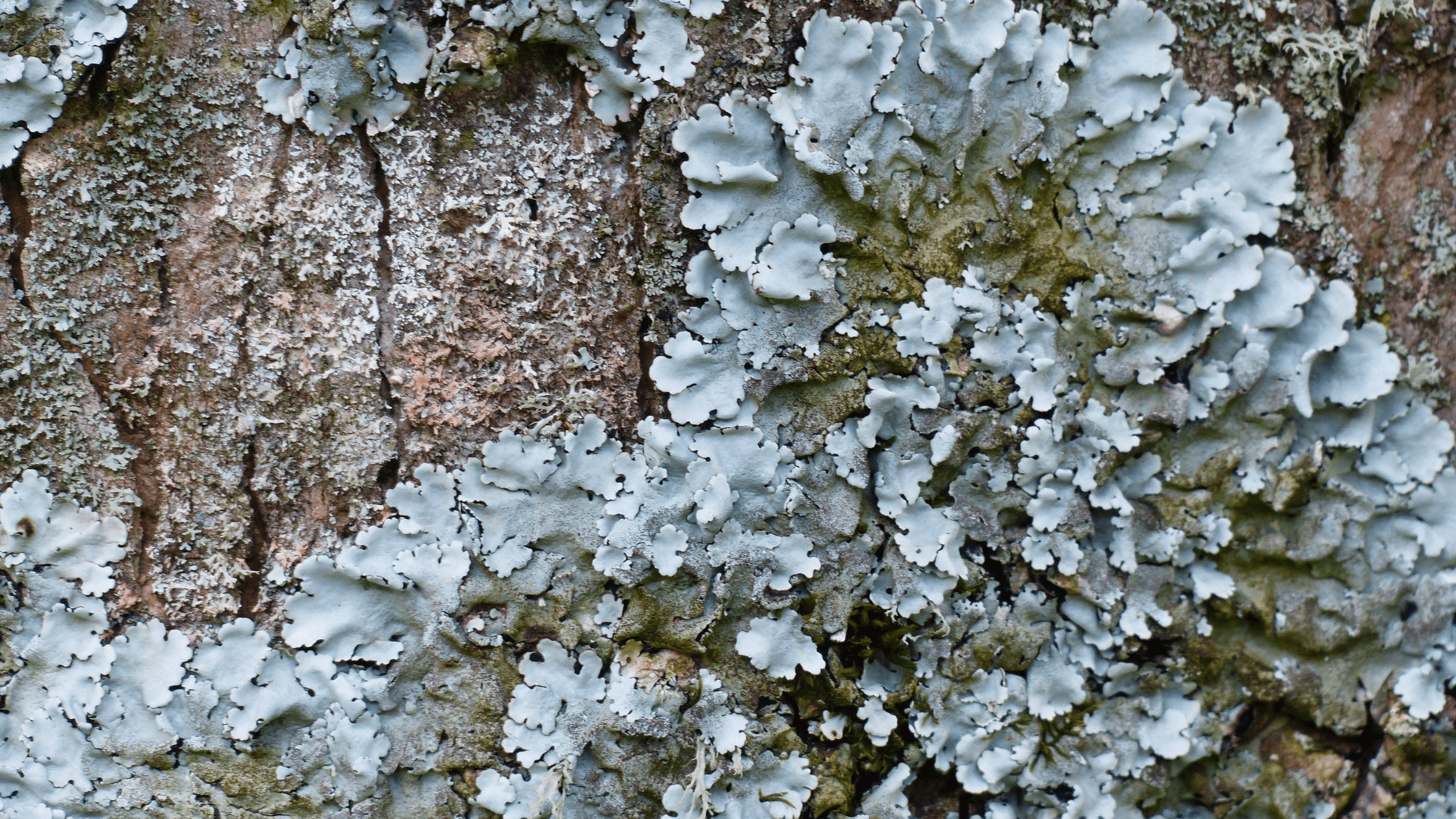
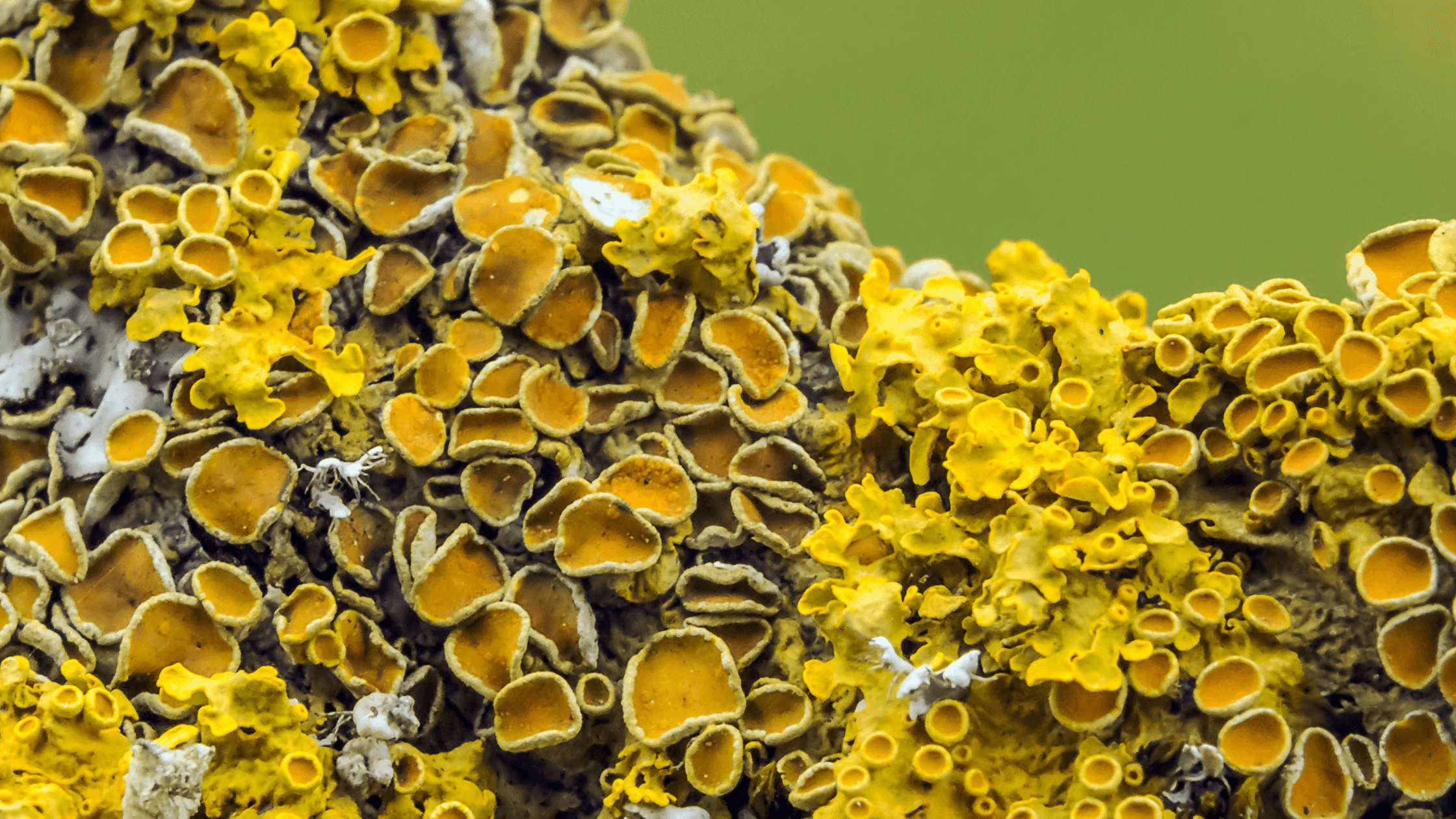
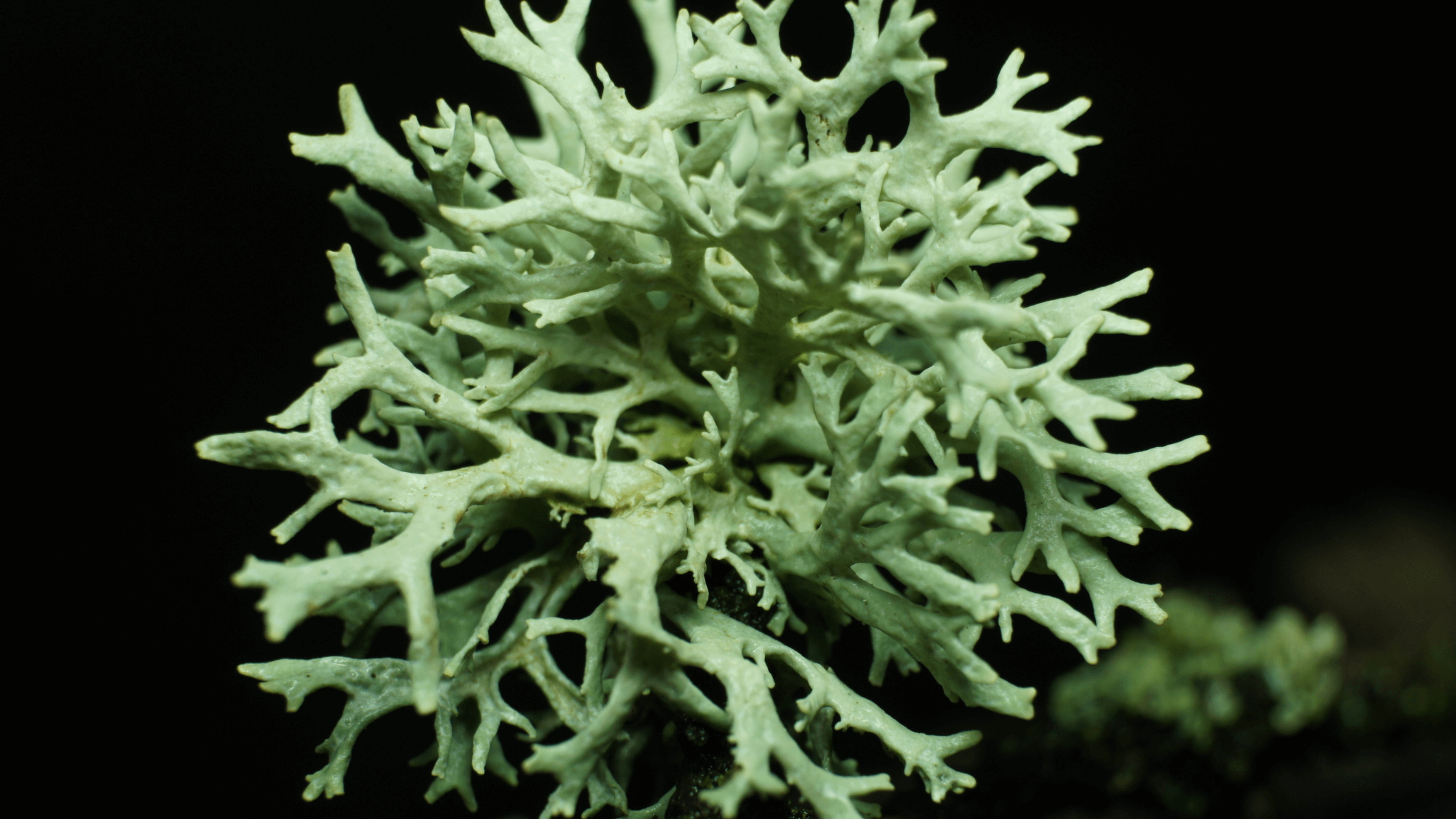
How Glason Removes Lichen
Lichen removal requires more than just pressure—it needs the right combination of surface-safe cleaning methods and effective chemical treatment. At Glason High Pressure Cleaning, we use a proven process that targets lichen at its roots without damaging the surface beneath.
- Surface Assessment:
Every job starts with a detailed look at the material and level of growth. This helps us choose the safest and most effective approach. - Biocide Treatment:
We apply a powerful biocide solution that breaks down the fungal and algal structure of the lichen. This chemical penetrates deep into the surface, killing the organism at the root to prevent regrowth. - Controlled Pressure Cleaning:
Once the biocide has taken effect, we carefully remove the dead lichen using pressure cleaning or soft washing, depending on the surface. This lifts away the growth without causing damage to stone, concrete, paint, or timber. - Preventative Results:
Unlike DIY methods or water blasting alone, our approach eliminates both the visible growth and the spores that feed future outbreaks.
Whether it’s your roof, driveway, walls, or sandstone features, we’ll remove the lichen properly—restoring the look of your property and helping protect it long-term.
Say Goodbye to Stubborn Lichen – Book Professional Removal Today
Lichen won’t go away on its own—and the longer it’s left, the more damage it causes to paint, stone, timber, and paving. Glason High Pressure Cleaning removes lichen safely using biocide treatment and surface-appropriate cleaning methods to restore and protect your property.
Ready to restore your surfaces?
